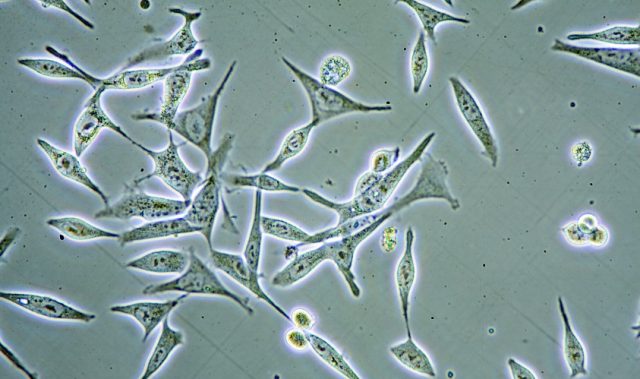
- Be practical
Tutorials won’t be the only type of teaching you’ll encounter as a graduate student. Lab practical sessions for undergraduate students and the mentoring of honors year projects are among the most intensive instructional duties that you may have to undertake. Thankfully, this should sit right in your comfort zone.
Gandalf the Grey in Tolkien’s epic fantasy came back stronger as the White Wizard after his mortal trial with the Balrog. In a similar way, your trial by fire in the smoldering pits of protocol optimization will have molded you into the paragon of lab expertise, at least in the eyes of the less experienced. No bands on your students’ DNA gel? You’ve got the solution for that. Issues with sample preparation? You can probably guess what went wrong. Unexpected experiment data? Well, that might be expected.
On a more serious note, practical sessions are perhaps the most important part of the undergraduate science experience. During those few hours of hands-on activity and the post-analysis that follows, undergraduate students really get a feel of what it takes to be a scientist. Textbook theories are sterile packets of information, but their application in the lab is what truly stirs curiosity. Once again, your enthusiasm as an educator could rub off on someone who may one day make fascinating discoveries.
William Shakespeare once said, “Some are born great, some achieve greatness, and some have greatness thrust upon them.” So, go ahead, graduate student. Answer the call to greatness and teach. You need to clear those teaching hours anyway.
This article is from a monthly column called Hacking a PhD. Click here to see the other articles in this series.
———
Copyright: Asian Scientist Magazine; Photo: Shutterstock.
Disclaimer: This article does not necessarily reflect the views of AsianScientist or its staff.












